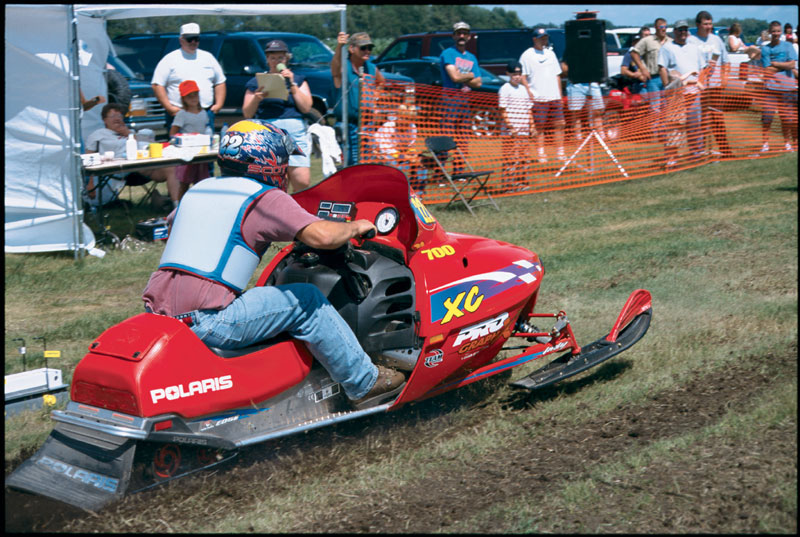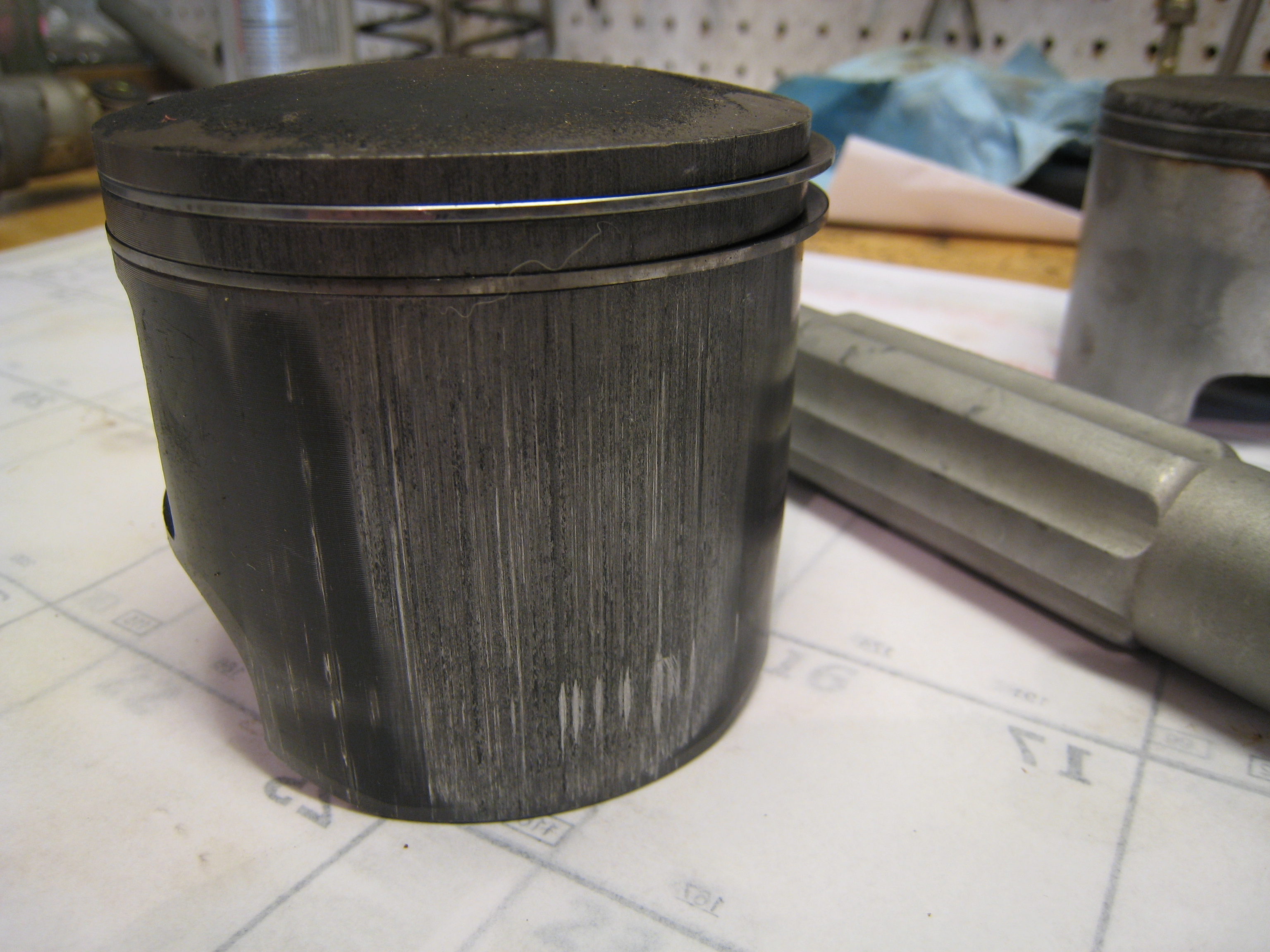How To Replace a Snowmobile Seat Cover
 Hold on to a snowmobile long enough and its seat cover will eventually split, crack or tear. Maybe a boot-lace eyelet hooked it or a neighbor’s dog chewed a hole. Maybe you’re restoring a vintage sled and it needs a new skin. No problem.
Hold on to a snowmobile long enough and its seat cover will eventually split, crack or tear. Maybe a boot-lace eyelet hooked it or a neighbor’s dog chewed a hole. Maybe you’re restoring a vintage sled and it needs a new skin. No problem.
Replacing a seat cover is relatively simple … if you have the right equipment for the job. A large, well-lit workspace that allows access all the way around — sawhorses with plywood on top — and a pneumatic stapler are key to make the job successful and frustration free.
We reinstalled the cover on a 2004 Arctic Cat ZR 900 after an upholstery shop repaired a split seam. Expect to spend about 90 minutes to remove and reinstall a cover; time to R&R the seat assembly varies.
Step 1: Remove seat
Snowmobile seats are usually fastened with a few bolts in the rear and held down with a tab up front near the fuel tank. Remove the hardware and pull the seat from the sled. Our sled’s fuel tank and seat base were one piece. In this case, the fuel tank needed to be drained and fittings plugged so residual fuel didn’t leak out during the re-covering process.

Step 2: Take off seat cover
With the seat assembly off of the machine, pry the staples with a small, flat screwdriver and pull them with a pliers. The cover will also be attached with straps that hold it against the hump at the back, also called the seat bun. Unhook the straps as necessary and be sure to remove all of the old staples so they don’t damage the new cover or poke a finger while you work. Our Arctic Cat’s taillight assembly had to be removed, too.

Step 3: Set new cover
With the bare seat foam exposed, position the new cover on the cushion and get it squared up. Pull the cover straps through the seat bun with a long needlenose or duckbill pliers and position the cover so it lines up with the trunk access hole and the seams line up with the corners and edges of the seat foam.
Step 4: Use the right tool
Use a pneumatic stapler (about $75) for the best and easiest way to get good results installing a seat cover. It’s difficult but not impossible to squeeze a clumsy, hand-powered stapler while you stretch and hold the seat cover in place; with an air-powered stapler, you just point and shoot. Set the air compressor at 70 to 80 psi, too much air pressure will shoot the staple through the material. Areas where the fabric is doubled up, such as the corners, might require another 10 psi to shoot the staple through both layers.

Step 5: Start stapling
Working with the seat on a clean work area free of old staples, center the cover at the front of the seat and put a few staples there to hold its position, and then do the same in the rear to get the trunk hole centered. Put these first staples as close to the edge of the material as possible; this way staple holes won’t show in case you need to remove them and re-position the cover. Our Arctic Cat seat assembly had a base and frame; two separate parts to which the cover is attached. So if you’re working with a seat like this, you’ll also need to shoot a few staples on each side before you staple the rear of the cover in order to hold the cover in place while you put it on the base.

Step 6: Check your work
Now that the cover is tacked in place with a few staples, make sure seams and logos are lined up correctly and that the corner seams in the fabric are at the corner of the base. If necessary, measure to make sure lettering is straight and positioned an equal distance from the bottom edge of the seat assembly on each side.
Step 7: Fill in the blanks
After everything checks out OK, go back through and fill in the blank spots with a staple to make one consecutive line around the perimeter of the seat. Keep the cover under consistent tension as you work so it stays taut. If you are re-installing a cover that’s been repaired, you’ll need to pull it tighter than the original installation because the material will be stretched. This affects alignment. Make sure the corners are folded neatly and tucked tightly so they don’t bunch up, and put a few extra staples in areas that are under a lot of tension.
Step 8: Check again
Inspect your work, looking to make sure the seams fall in the right spots and the logos are straight. If the cover needs to be adjusted, pull out the staples in that area, slide a hand across it to gather the material and re-staple it.

Step 9: Reinstall taillight
With the cover in place, all that’s left is to reinstall the taillight, making sure not to over-tighten the screws so the plastic lens and/or light housing don’t crack. Plug in the taillight, hook up the fuel and vent lines and bolt the cushion to the tunnel.





